Each of the pieces represents two putti facing each other on a rocky terrace. They embody the allegory of the continents, identifiable thanks to the different attributes that adorn the whole. In the 18th century, the geographical existence of only four continents in the world was known.
On the one hand we find: America, recognizable by its crocodile and its costume made of feathers, facing Europe which overlooks a military helmet and symbolizes conquest.
On the other hand: Asia, for its part, exchanges various objects with Africa. One of the children is wearing a headdress in the shape of an elephant, he has a lion held by a yellow tie. He leans against a fence on which rests a turban and a frieze of bells reminiscent of the one worn by his companion. The latter holds a container from which wisps of smoke emanate, reminiscent of incense.
These two groups belong to the series of the four parts of the world: “Die vier Theile der Welt”, designed by Anton Carl Lupau (1745-1795). During his years of collaboration with the Fürstenberg factory, he created around a hundred models, some inspired by the creations of Sèvres and Meissen.Our proposed models are inspired by Mennecy. His favorite themes are generally military groups of Roman and Germanic soldiers, pastoral scenes, compositions featuring children, or even themes addressing the seasons, mythology and theater. Our group of continents executes in this way, a true synthesis of the leitmotifs which run through its global work.
The Porcelain Museum at Fürstenberg Castle has in its collections the group representing America and Europe. It is therefore particularly rare to find the complete series. In our case, added to the very good state of conservation with some usual restorations, and to the dynamism of the composition, a lively and dazzling polychromy.
Dimensions: - Height: 16.5 cm. - Width: 11.5 cm.
- Height: 19.5 cm. - Width: 8.5 cm.





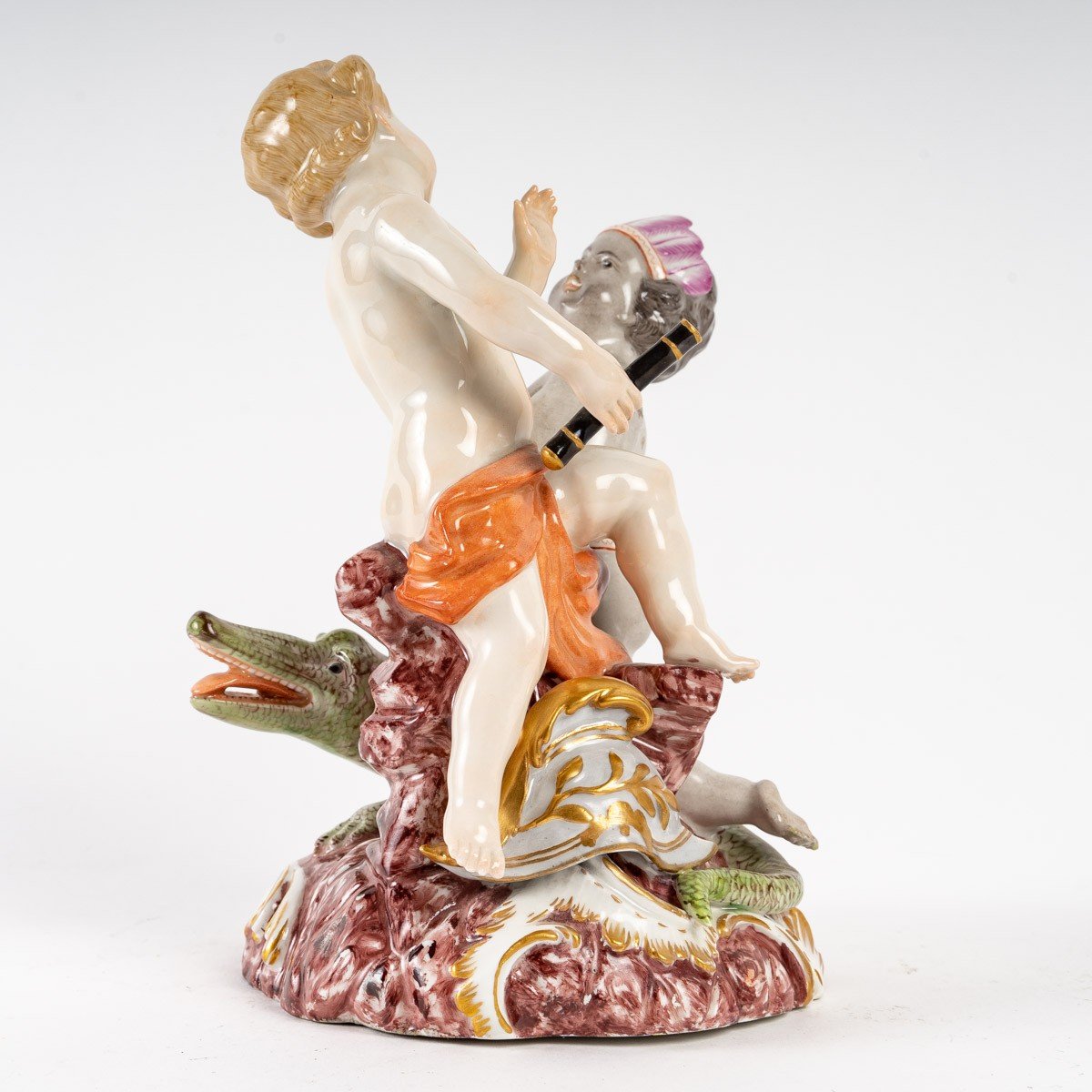





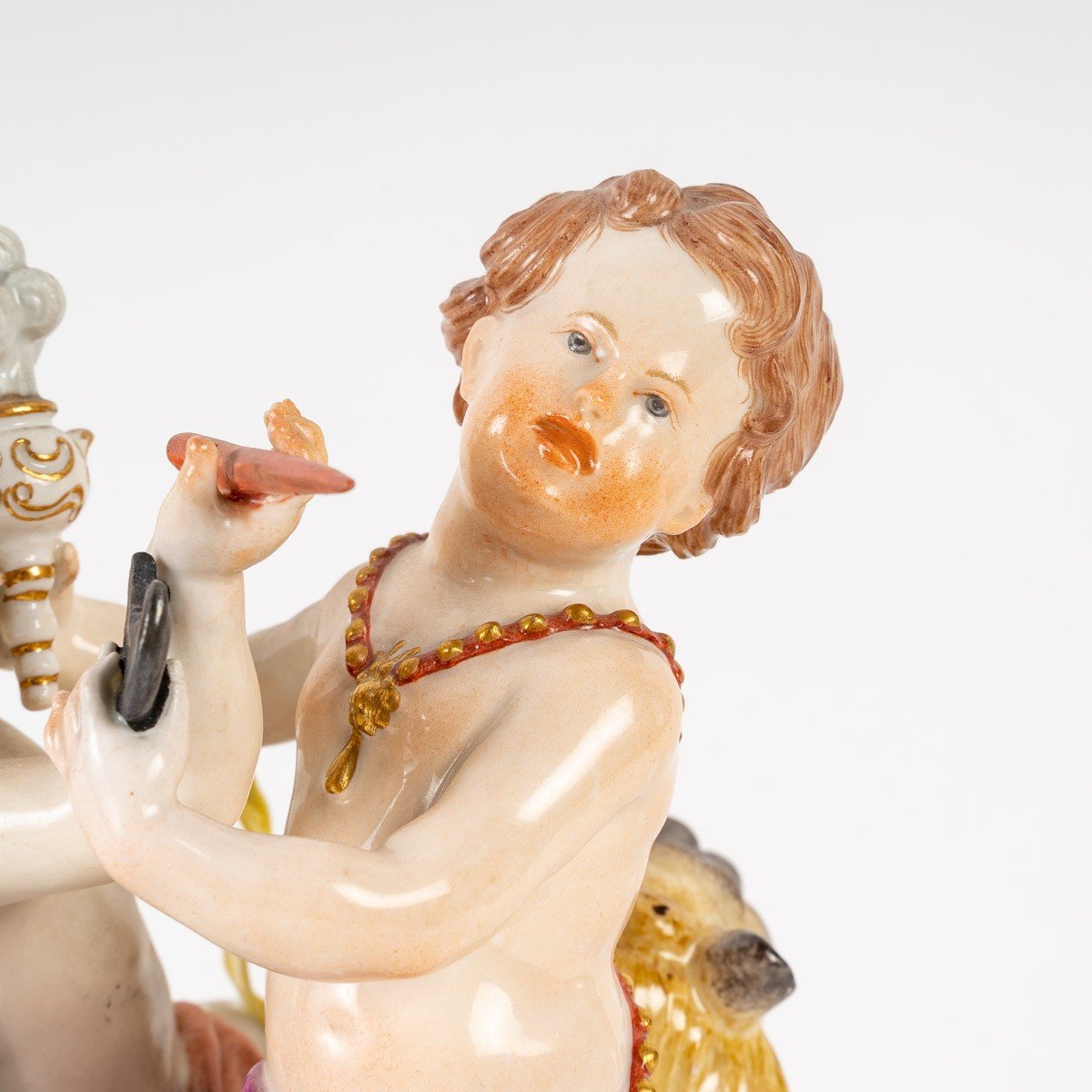


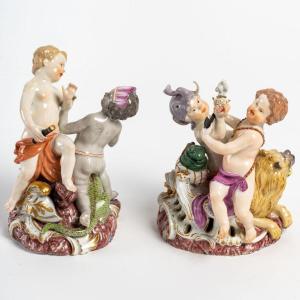












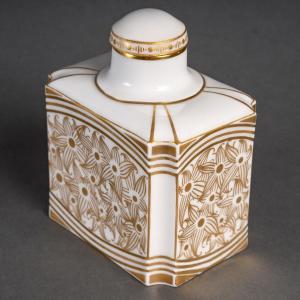

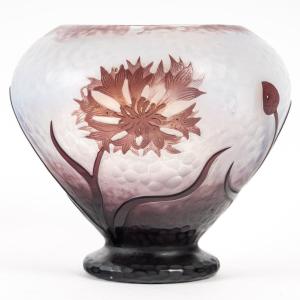




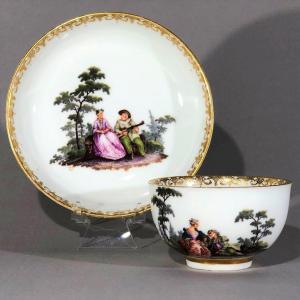



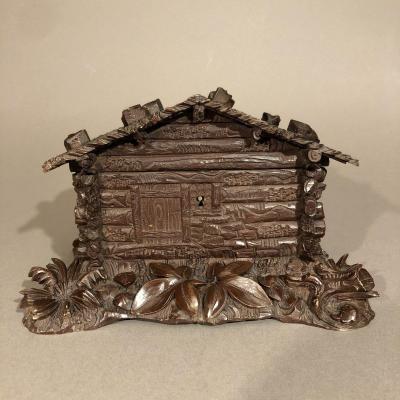
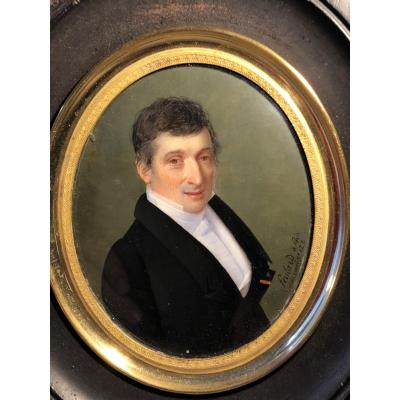
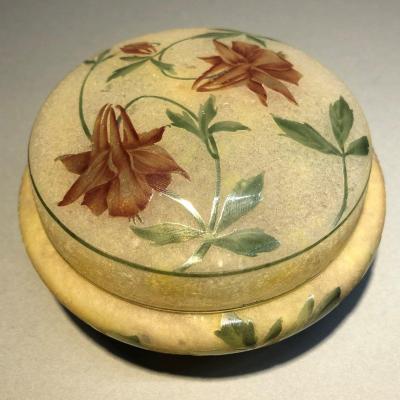

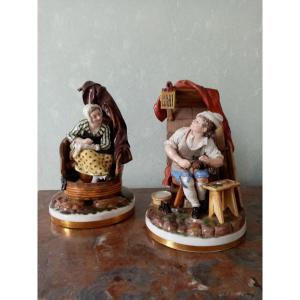

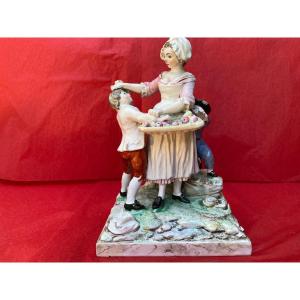
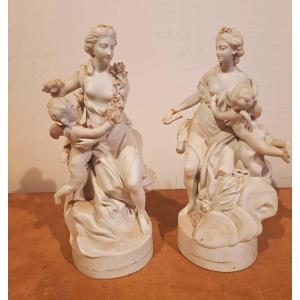




 Le Magazine de PROANTIC
Le Magazine de PROANTIC TRÉSORS Magazine
TRÉSORS Magazine Rivista Artiquariato
Rivista Artiquariato